Research
Our research integrates Artificial Intelligence (AI) to simulate and optimize chemical and biochemical processes, aiming to enhance operational efficiency and sustainability. Our work encompasses AI-driven solutions for environmental monitoring, intelligent process control, and sustainable energy systems. Notable contributions include advanced machine learning models for air/wastewater quality prediction, intelligent fault detection systems, and deep learning applications in environmental engineering. We are passionate about advancing the frontier of AI applications in engineering, addressing critical challenges and promoting sustainable industrial development. Our current research focuses on:
- AI-Enhanced Process Control and Optimization
Implementing AI to optimize chemical and biochemical processes, improving performance, safety, and sustainability.
- Machine Learning for Industrial Data Analysis
Leveraging machine learning to extract actionable insights from complex industrial datasets, supporting decision-making and predictive maintenance.
- Physics-Informed Machine Learning (PIML)
Integrating fundamental physical principles with machine learning to improve model accuracy, reliability, and predictive power in engineering applications.
- Large Language Models (LLMs) in Engineering Applications
Utilizing LLMs for automating knowledge extraction, enhancing documentation processes, and supporting sophisticated engineering decision-making and communication.
Current Projects
AI-Enabled Measurement-Based Mental Health Triage
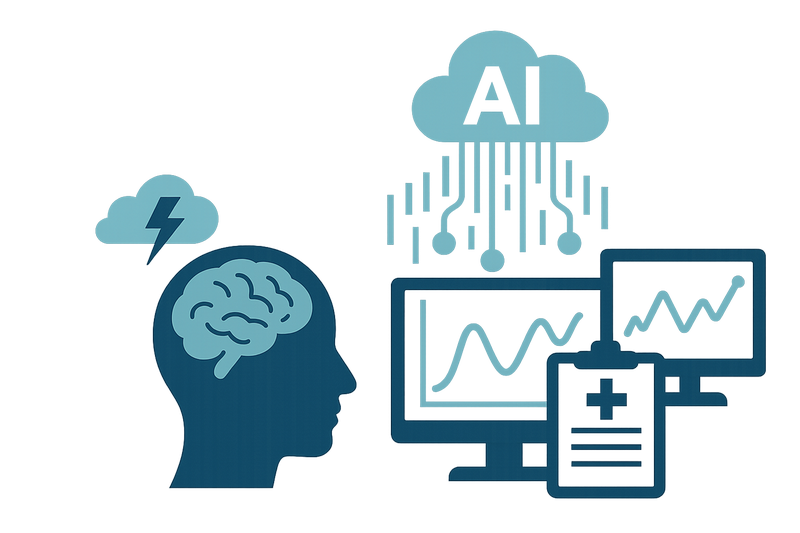 Our team is developing a scalable AI/ML triage framework to support measurement-based mental health care, in collaboration with other our research partners. Our work focuses on building interoperable FHIR-aligned data pipelines and advanced ML/NLP models that analyze patient intake information to recommend appropriate care pathways. Emphasis is placed on fairness, robustness, and clinical interpretability, with deployment through a digital health platform provided by the research partner. This project aims to improve access to timely mental-health services in Canada while advancing AI-enabled clinical decision support.
Our team is developing a scalable AI/ML triage framework to support measurement-based mental health care, in collaboration with other our research partners. Our work focuses on building interoperable FHIR-aligned data pipelines and advanced ML/NLP models that analyze patient intake information to recommend appropriate care pathways. Emphasis is placed on fairness, robustness, and clinical interpretability, with deployment through a digital health platform provided by the research partner. This project aims to improve access to timely mental-health services in Canada while advancing AI-enabled clinical decision support.Machine Learning Enhanced Predictive Optimization of Chemical Addition for Efficient Sludge Dewatering
2) if machinery variables could inversely predict the optimum chemical dosage for maximum cake dryness.
This proof-of-concept aims to establish a scalable ML-based model for potential implementation in full-scale wastewater treatment operations, to minimize chemical consumption while maximizing sludge dryness. (Xiangyuan)
Surrogate Modeling for Real-Time Optimization of Hydroprocessing Units
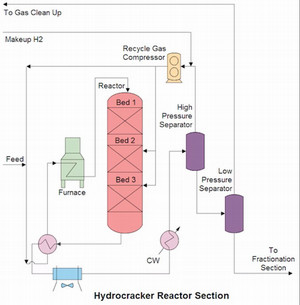 This researcg focuses on building AI-based surrogate models for plant-scale hydroprocessing units, including hydrocrackers and hydrotreaters. Using real industrial datasets, I trained models to approximate complex plant behavior under varying operating conditions. The models are designed to aid in optimization and predictive control applications, enabling faster decision-making and improved energy efficiency. (Souvik)
This researcg focuses on building AI-based surrogate models for plant-scale hydroprocessing units, including hydrocrackers and hydrotreaters. Using real industrial datasets, I trained models to approximate complex plant behavior under varying operating conditions. The models are designed to aid in optimization and predictive control applications, enabling faster decision-making and improved energy efficiency. (Souvik)
AI-Driven Digital Twins for Bioelectrochemical Systems
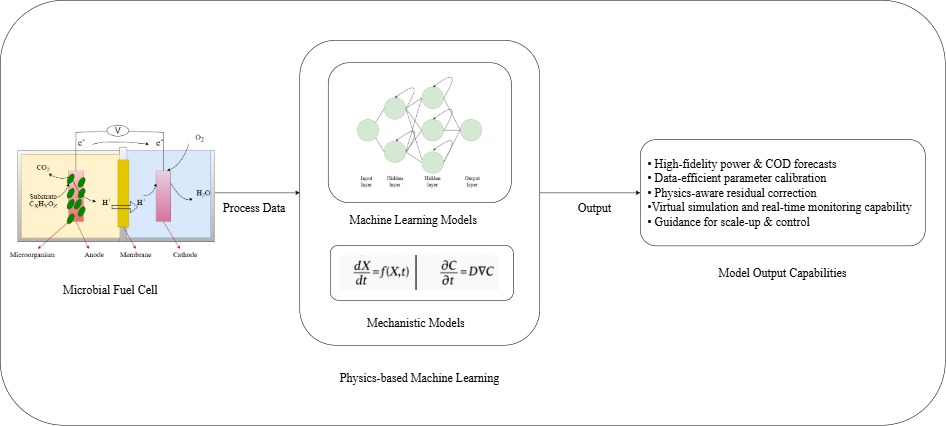 This research aims to develop an AI-powered digital twin for bioelectrochemical systems (BES) to optimize energy production, wastewater treatment, and bioremediation. By integrating microbial, electrochemical, and operational data, the digital twin will simulate and predict BES behavior using deep learning, hybrid modeling, and convolutional neural networks. Real-time updates and reinforcement learning will enable adaptive control and performance optimization, while explainable AI will clarify decision-making. The system will be scaled to pilot applications through industrial collaboration. (Miguel)
This research aims to develop an AI-powered digital twin for bioelectrochemical systems (BES) to optimize energy production, wastewater treatment, and bioremediation. By integrating microbial, electrochemical, and operational data, the digital twin will simulate and predict BES behavior using deep learning, hybrid modeling, and convolutional neural networks. Real-time updates and reinforcement learning will enable adaptive control and performance optimization, while explainable AI will clarify decision-making. The system will be scaled to pilot applications through industrial collaboration. (Miguel)
Physics Informed Modelling of Great Lakes Water Surface Temperature
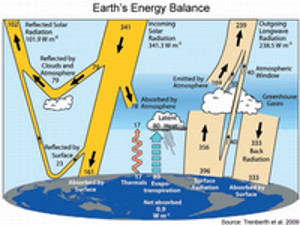
This research explores the use of Long Short-Term Memory (LSTM) networks combined with physics-based constraints to predict lake surface temperatures across buoy locations in the Great Lakes. The model leverages historical meteorological and hydrological inputs to learn temporal dynamics, while physics-informed loss functions ensure consistency with thermodynamic principles. (Souvik)
Physics-Informed and Interpretable Modelling of Hydrocracking Kinetics
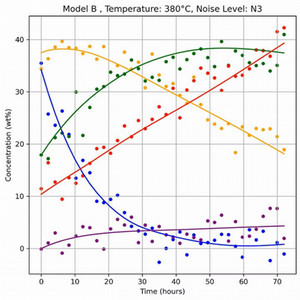
This research integrated domain knowledge of chemical kinetics with neural ordinary differential equations (Neural ODEs) to model hydrocracking reactions in petroleum refining. The PINO model was trained on synthetic and industrial data, capturing non-linear dynamics and temperature-dependent behaviors of multi-lump reaction networks. By incorporating Arrhenius kinetics into the training process, the model achieved both physical consistency and high predictive accuracy. (Souvik)

